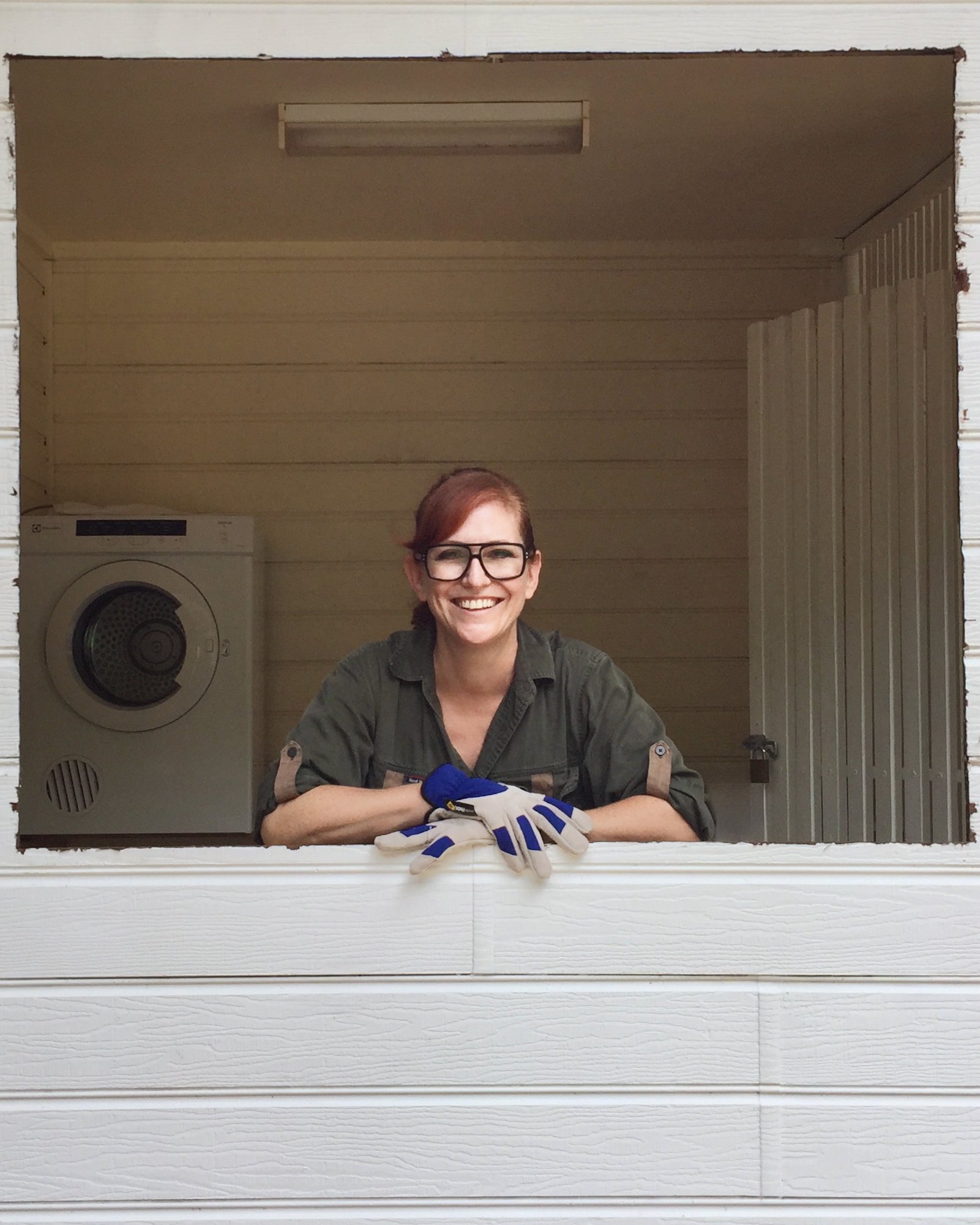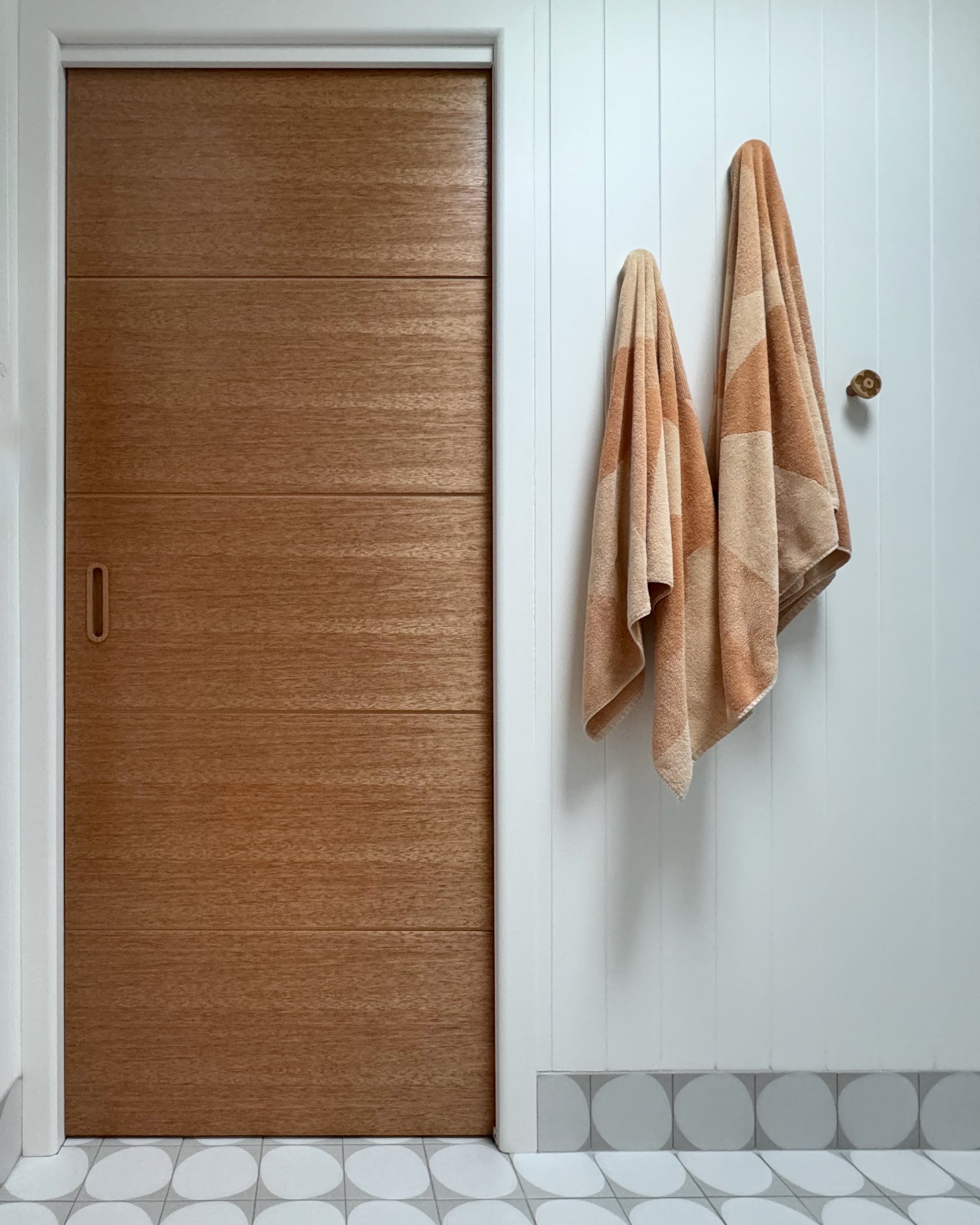Rusty Roof Patch Up
Natasha Dickins
This is my fast, three-part fix for a leaky metal roof. It’s simple, just make sure you have a sturdy ladder before getting up to repair rusty patches.
My area was recently hit with extreme weather for nearly a fortnight. High winds and heavy rains resulted in a dripping water feature from the dining room ceiling, but the constant storms meant there weren’t many opportunities to fix the leak.
I waited for dry spells to seal rusty sections on my corrugated ColorBond roof. The third repair finally covered the patch that was letting in water. Each patch-up was done and dry in about two hours.
The idea is to layer flexible waterproofing solutions using products with high adhesion properties that can also withstand UV exposure and heat.
PART 1 Soak the rust with Bondall’s Ranex Rustbuster to treat the corrosion and prevent it from spreading.
PART 2 Use Gripset Betta Waterproof Peel & Seal Tape as a flashing to seal over the damaged area.
PART 3 Finish with two coats of Gripset Betta Bitumen Rubber to form a flexible waterproof membrane.
“Treating a section of rust doesn’t mean there won’t be more corrosion and it’s not a guaranteed long-term solution, but the immediate result is watertight!”
I used a wire brush to remove any loose debris, sweeping it away with a soft brush and wiping over with a damp cloth.
TIP To stay safe, wear eye protection, a mask and gloves. This patch is near the edge so I could stand on a ladder while working, but avoid going onto a roof without checking you have the proper safety equipment.
To prevent the corrosion from spreading, I coated the damaged area with Bondall Ranex Rustbuster, slowly pouring while using a cloth to contain and dab it to saturate the metal. I left it to work it’s magic while drying out completely, leaving it as long as possible (about an hour).
TIP Rust convertor works by chemically changing oxide to iron phosphate, which destroys the rust, leaving the area in a workable condition. It’s clear and doesn’t have a strong odour.
I cut pieces of self-adhesive, tear-resistant Gripset Betta Waterproof Peel & Seal Tape to position down the corrugations, overlapping the edges about 3mm and extending the ends past the rust by about 20mm. I cut an extra piece to run over the ends horizontally to ensure they were totally sealed.
TIP Press the tape to remove air pockets and creases, then run along the edges to ensure they’re stuck down.
To apply the tape, I peeled the paper back about 30mm and positioned it with the tacky rubber side facing down. Then I pulled it back while pressing along the tape to remove any air.
TIP Don’t pull off the full length of paper before sticking it down. If you’re working with long sections, cut a sliver from the end (or use masking tape) to stick across the paper to keep the two pieces together while peeling them back.
I sealed over the tape with a coat of Gripset Betta Bitumen Rubber, brushing it on lengthways and working it out past the edges. I covered the brush with plastic wrap to prevent it from drying out and left the patch to cure for about 45 minutes.
TIP This product has a surprisingly low odour, with a consistency that brushes on easily. Use a nylon brush and wear gloves as it takes a bit of scrubbing to remove from skin.
To apply the second coat, I double-checked the bitumen sealed over the ends of the tape, then brushed widthways over the patch to ensure the brush strokes didn’t leave any gaps. The membrane cured quickly and was waterproof against a light rainfall as soon as it was touch dry.
TIP To wash up, rinse the brush immediately in water then soak in Bondall Waterbased Turps, or wrap and dispose responsibly.
I didn’t have much time to get the rust patched up between downpours, but look how well the membrane cured with challenging dry-times. And the roof is no longer leaking!
Have you done a fast roof fix?
Tag me on your project and follow more of my DIY journey on Instagram for tool tips, home improvement and simple building projects.













